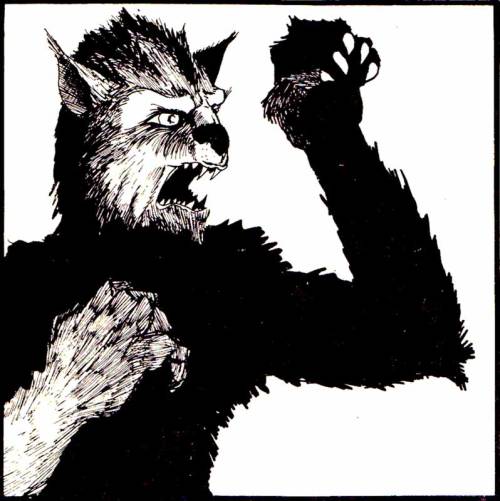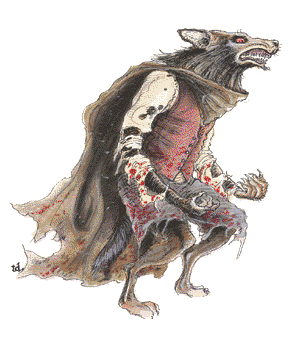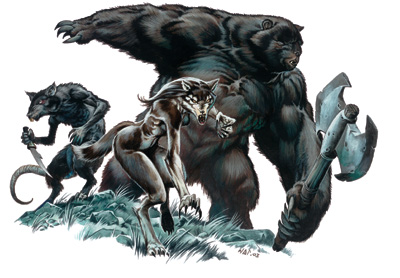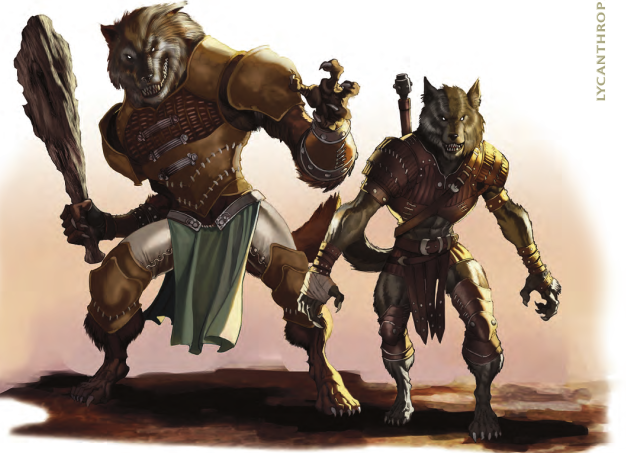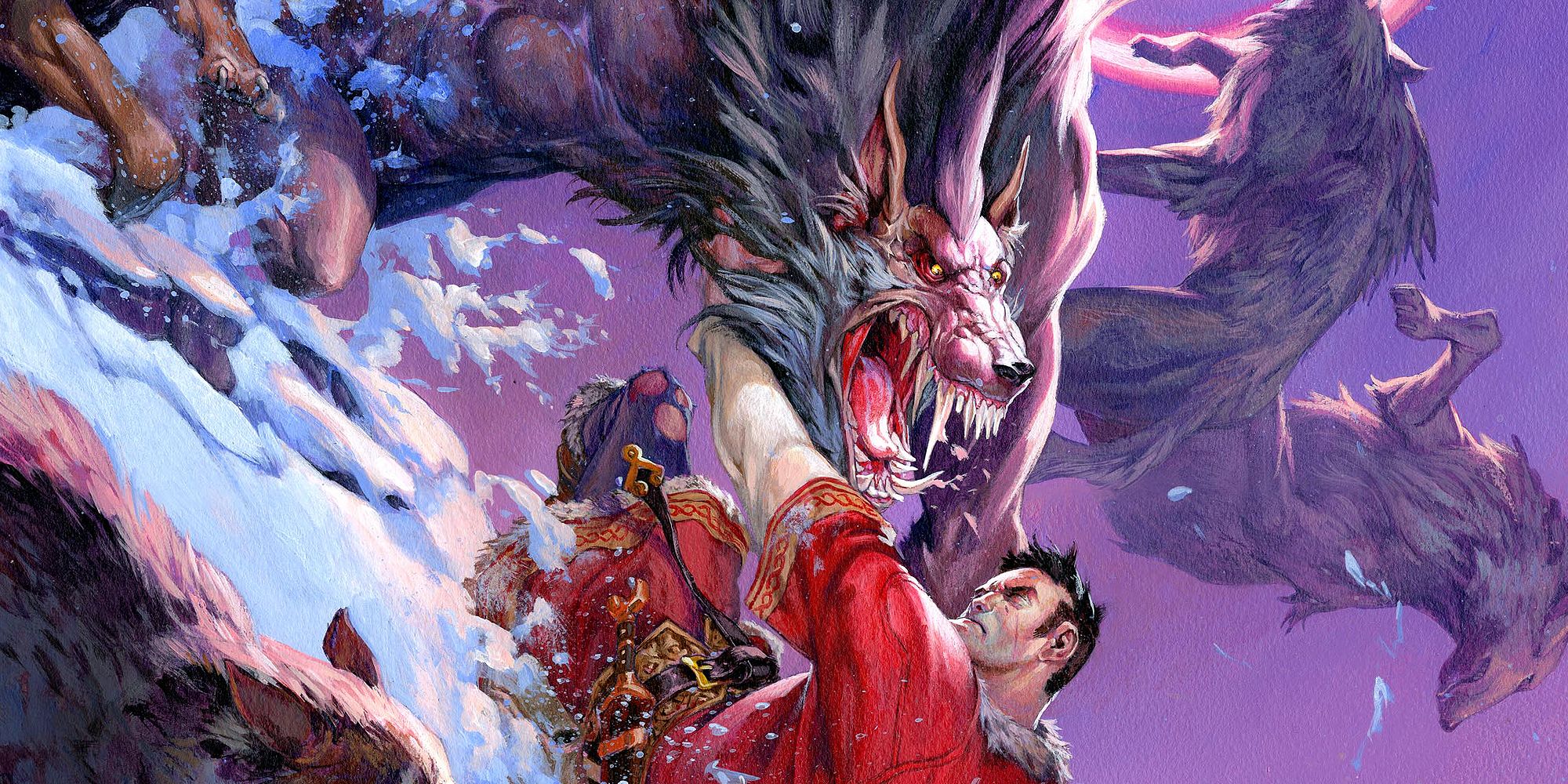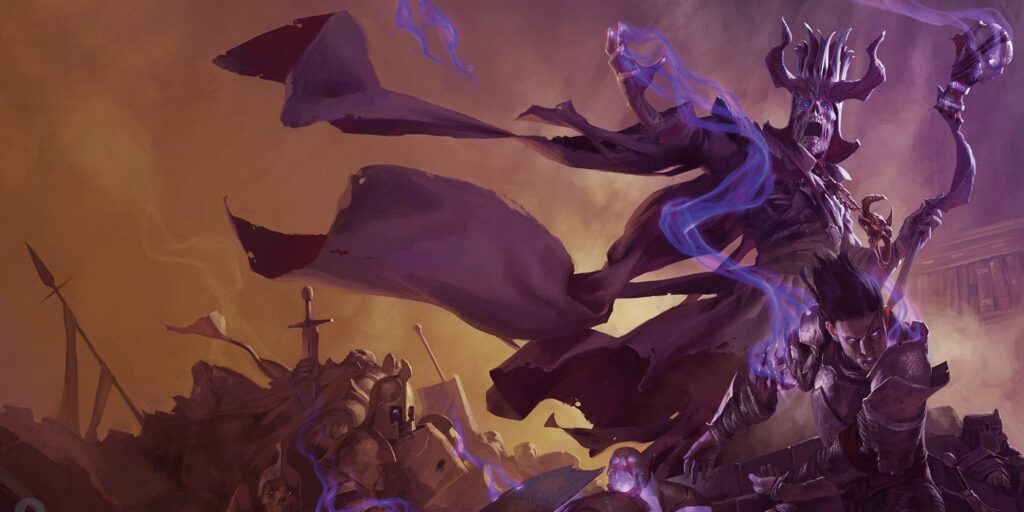D&D Monster Spotlight: Werewolves… Enemy or Lupine Love Interest?
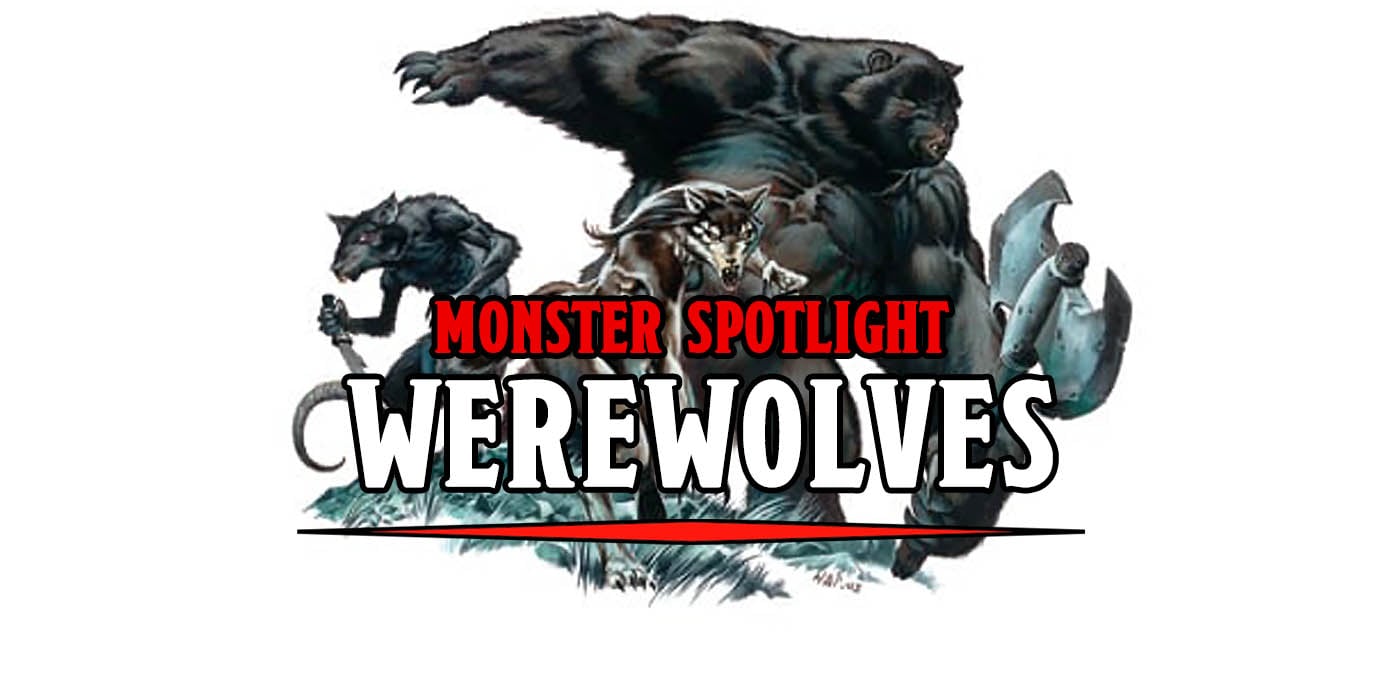
Lycanthropes of all kinds exist in D&D, but today we’re taking a look at the monster movie (and teen romance) staple; Werewolves.
Werewolves are classic monsters, in and out of D&D. Just this week Disney+ released their latest addition to the MCU with the campy, horror-ish short film, Werewolf By Night. And with Halloween right around the corner, it’s perfect timing for Marvel and your Dungeons and Dragons adventures. Otherwise known as Lycanthropes, the modern concept of Werewolves has existed since at least the Middle Ages with earlier versions and similar folklore in ancient Greek mythology. Now Werewolves exist as horror movie monsters or hunky teen romance prospects in about equal measure, but in D&D your DM is likely to find them in the Monster Manual, and that’s probably not great news for your party.
First Edition
Werewolves exist under the larger “Lycanthrope” umbrella along with Wereboars, Wererats, Weretigers, and Werebears (oh my!). Of this collection, Werewolves are easily the most likely to encounter with a “common” frequency compared to the Weretiger’s “very rare.” Lycanthropes are people who have the ability to assume their animal forms at night, and will likely be compelled to transform on the full moon. But during the day or when they are otherwise presenting a human form, Werewolves are nearly impossible to detect. Also, there are Wolfweres which are basically wolves who can become men. Because why not?
Second Edition
There are three varieties of Werewolf now, all with different physical traits, but very little difference for the sake of gameplay or stats. Some are bipedal wolf-men with an emphasis on “men” while others are more wolflike, easily mistaken for a normal wolf when running on all fours. The final variety has glowing red eyes and looks like a very large – albeit otherwise completely normal-looking wolf. In addition to their bite and claws, werewolves may attack with weapons common to their human identity and class, which may be a tip-off that you’re dealing with a Werewolf and not a wolf-wolf.
Third Edition
Unlike 2E, 3E has multiple varieties of Werewolf, each with its own unique information and stats. There is a human form, a wolf form, and a hybrid form, as well as ‘Werewolf Lord’ options for each. But even more fun is the section on “creating a lycanthrope” in case you’d like to create a playable Werewolf of your own. Adding a little lycanthropy to your character could give you the “shapechanger” subtype, added Armor Class, hit dice and hit points, and attacks. Plus the fun of playing a Werewolf at the D&D table, of course.
Fourth Edition
If your party finds themselves in a fight with 4E a Werewolf, there’s a good chance that the Werewolf will attempt to isolate individual party members and pick them off one by one. When in combat against a pack, half of the pack will be in a hybrid form and wielding a great axe while the other half is in wolf form. And of course, Werewolves can now regenerate any damage not taken from a silver weapon.
Fifth Edition
Each of Fifth Edition’s Lycanthropes have something that sets them apart, but keeps them all about equally fearsome in battle. The Werewolf’s hit points are a little lower than the Weretiger or Werebear’s at 58, but they have a keen sense of smell and hearing and wield a spear in their humanoid form to go with their “fiery temper” and aversion to human civilization. Fifth Edition also has rules for making a playable Lycanthrope with boosts to strength and AC for Werewolves.
Have you ever encountered a Werewolf or any other Lycanthrope in your D&D adventures? Have you ever made a Lycanthrope character to play? Which Lycanthrope variety is your favorite and should I write about them too? Let us know in the comments!
Happy Adventuring!

